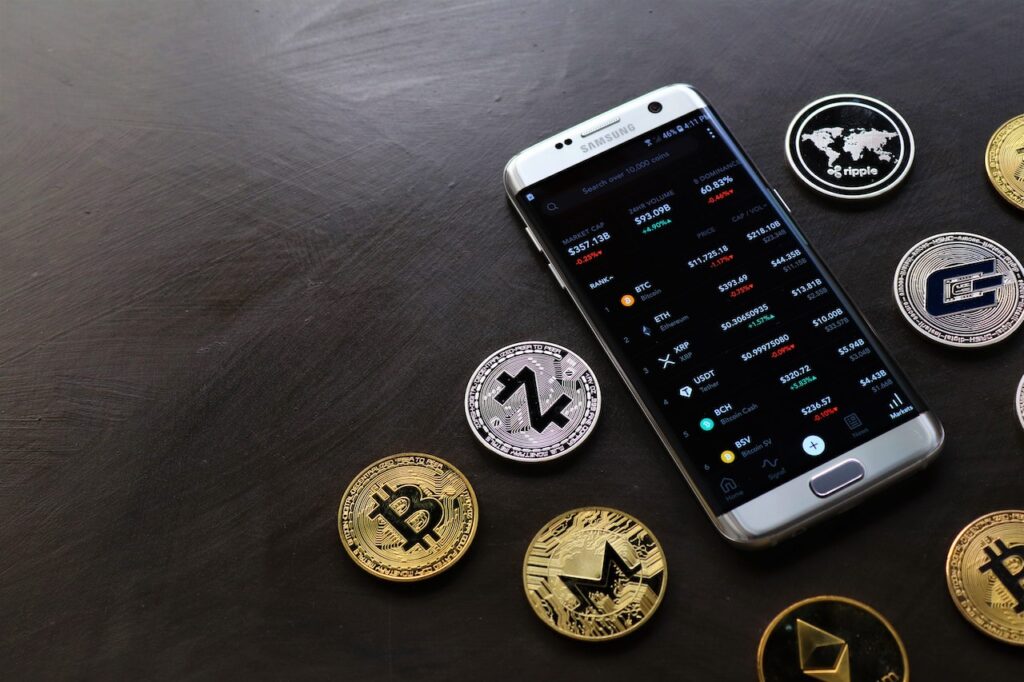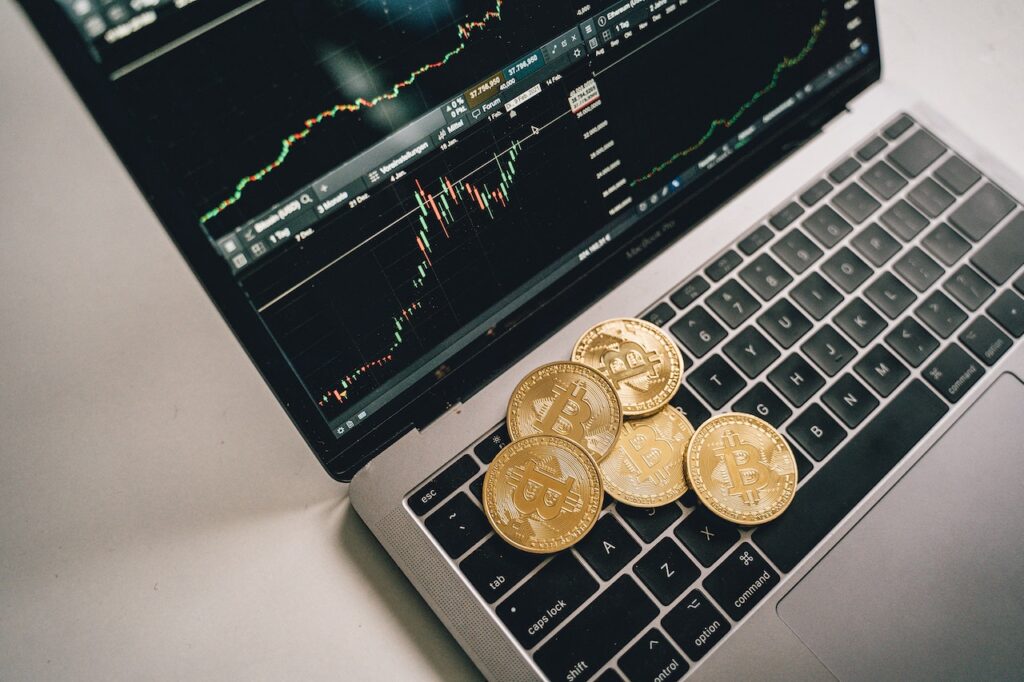In the early days of cryptocurrency, Bitcoin was the undisputed king and sole player in the digital currency realm. However, as the technology matured and interest in blockchain grew, a plethora of alternative cryptocurrencies, commonly known as altcoins, emerged on the scene. These lesser-known digital assets have sparked curiosity among investors, enthusiasts, and technologists alike, leading to a vibrant and diverse crypto ecosystem. In this article, we will delve into the rise of altcoins, exploring their alchemy and unraveling the potential value they bring to the world of cryptocurrencies.
What are Altcoins?
Altcoins are cryptocurrencies other than Bitcoin. The term “altcoin” is a combination of “alternative” and “coin,” signifying their status as alternative digital currencies. Although the vast majority of altcoins are built on blockchain technology like Bitcoin, they often incorporate unique features, use cases, and technical improvements that set them apart from the pioneering cryptocurrency.
The Diverse Universe of Altcoins
The world of altcoins is vast and continuously expanding, comprising thousands of digital currencies, each with its distinct characteristics and purposes. Some of the early and well-known altcoins include Litecoin, Ripple (XRP), and Ethereum. Litecoin, for instance, was created in 2011 by Charlie Lee, offering faster transaction speeds and lower fees compared to Bitcoin. Ripple, on the other hand, focuses on providing a seamless cross-border payment solution, and Ethereum brought smart contracts and decentralized applications (dApps) to the forefront.
In addition to these pioneers, a multitude of lesser-known altcoins have surfaced over the years, catering to niche markets and addressing specific challenges. Projects like Chainlink (LINK), Cardano (ADA), and Polkadot (DOT) have garnered attention for their innovative approaches to scalability, interoperability, and decentralized oracle services, respectively.
The Alchemy of Innovation
What sets altcoins apart is the alchemy of innovation they bring to the table. While Bitcoin remains a store of value and a digital gold standard, altcoins strive to solve real-world problems and push the boundaries of blockchain technology. They serve as experimental grounds for testing new consensus mechanisms, governance models, and token economics.
One key area where altcoins have excelled is scalability. Bitcoin’s limited transaction throughput has been a longstanding challenge, prompting projects like Ethereum to explore layer-2 solutions and other networks like Solana (SOL) to achieve high throughput and faster confirmation times. These developments are crucial for the mass adoption of cryptocurrencies and the realization of blockchain’s potential in various industries.
The Power of Specialization
Altcoins have also shown the power of specialization, catering to specific industries and use cases. Some altcoins are focused on supply chain management, ensuring transparent and verifiable provenance for goods and products. Others concentrate on healthcare, providing secure and interoperable health data solutions. With this specialization, altcoins carve out niches for themselves, creating ecosystems that cater to specific needs and verticals.
Risk and Rewards: The Altcoin Market
As with any investment, the altcoin market carries both potential rewards and risks. While some altcoins have delivered extraordinary returns for early investors, others have faced significant challenges or turned out to be fraudulent projects. The lack of regulation and oversight in the cryptocurrency space makes it imperative for investors to conduct thorough research and due diligence before allocating funds to lesser-known altcoins.
The Future of Altcoins
The future of altcoins looks promising, with continued innovation and advancements in blockchain technology. As the crypto market matures, some altcoins may fade away, while others will flourish and transform industries. The emergence of decentralized finance (DeFi) and non-fungible tokens (NFTs) has already showcased the versatility and potential of altcoins in driving financial inclusion and revolutionizing digital art ownership.
The rise of altcoins signifies a dynamic and ever-evolving cryptocurrency landscape. These lesser-known digital assets bring alchemy to the crypto world by exploring new technologies, use cases, and industries. While some altcoins may fail to realize their potential, others hold the promise of disrupting traditional systems and empowering individuals worldwide. As the alchemy of altcoins continues to unfold, it is essential for investors and enthusiasts to stay informed and embrace the transformative potential of these exciting digital currencies.



